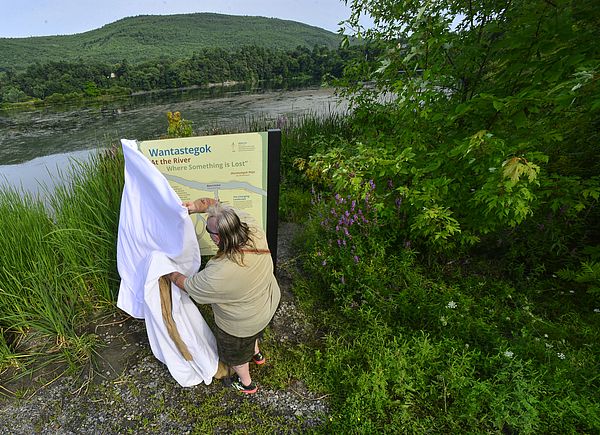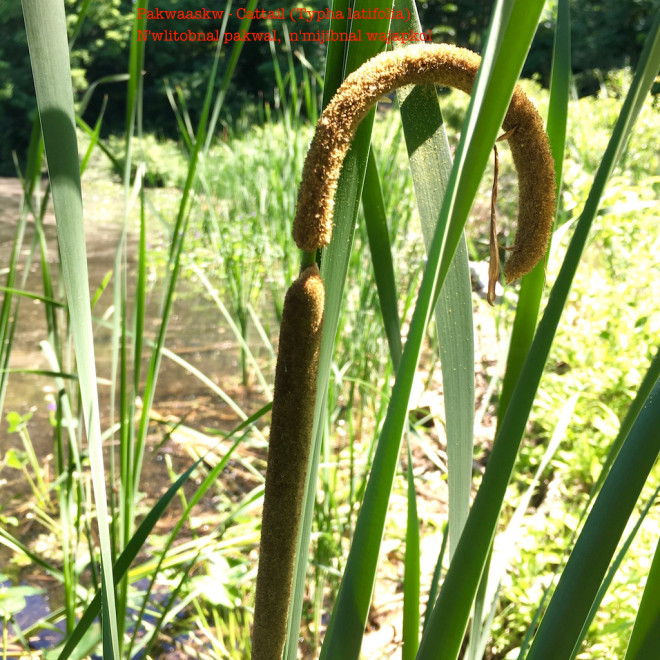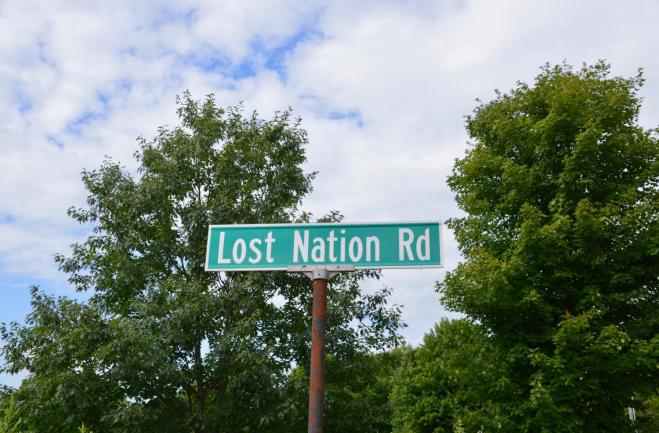Much of my energy is being channeled to birthing and growing a new outreach in Wantastegok, Sokoki country, at atowi.org. Much of the material here will be re-shared there, along with many new initiatives and resources. Please come visit us there! You’ll be glad you did.
VT Legislature: Two Abenaki Community Bills Progress, Others Stymied
In a year when the pandemic has kept lawmakers scrambling, some bills addressing indigenous issues in the state have gained traction, while others have been pushed aside for now.
Legislators, tribal leaders, and the State Commission on Native American Affairs have been working together on legislation important to the state’s four recognized tribes, which gained recognition in 2011 and 2012. Since then, the state has also passed a bill to have Indigenous People’s Day replace Columbus Day, as urged by Rep. Brian Cina, P-Burlington. But Cina says the state still has work to do. Chiefs from Vermont’s Abenaki tribes agree.
“There has been an acknowledgement from the Legislature that Vermont needs to do more for the Abenaki community in light of the history of colonization and eugenics that has occurred in this land,” Cina said.
Continued> Read the full article by Amanda Gokee in VTDigger.
School of Abenaki Pilots First Summer Remotely
In its first summer as part of Middlebury’s summer Language Schools, the School of Abenaki engaged 23 students in a two-week pilot program on Abenaki language and culture. Jesse Bowman Bruchac, a citizen of the Nulhegan Abenaki Tribe, led Middlebury’s first Native American language program. The school allowed all of its students to attend this year free of charge, something Bruchac noted as a demonstration of the college’s support of efforts to preserve indigenous culture and language in the area.
Like all of Middlebury’s Language Schools this summer, the program was conducted remotely.
“Being online helped to bring people together,” said Bruchac, who has spent his career traveling across New England and the country to teach. Bruchac has nearly 30 years of experience teaching the Abenaki language and working to preserve its culture… (continued)
Read the full article by Catherine McLaughlin in The Middlebury Campus digital paper.
Kchi Psahakw: American Wild Mint
Kchi psahakw (Western Abenaki) – great/big smell(ing) plant, from “kchi” = great/big, plus “psah-” = to smell, plus “-akw” = a plant
American wild mint (Mentha canadensis)
American wild mint is the only native Mentha of the half-dozen species found in New England. This one has a very strong mint smell and enjoys wet, rich soil. People seek it as medicine for stomach upset, insomnia, and to relieve anxiety – similar to contemporary uses for peppermint.
Obomsawin: The Myth of Native American Extinction Harms Everyone
Cluelessness about Native people is rampant in New England, which romanticizes its Colonial heritage.
This article by Mali Obomsawin (shared below in its entirety; link here to the online version) appeared in The Boston Globe Septmeber 15, 2020. Her comments at publishing: “Since the Globe published an article a few months back claiming that the Wabanaki are extinct, I bullied them into publishing an article I wrote about the erasure of northeastern Natives ![]() You can read it here. I’ll just say that white fragility has too much influence over the editing process, but I did what I could to say what I must.”
You can read it here. I’ll just say that white fragility has too much influence over the editing process, but I did what I could to say what I must.”
In college, I attended a rally my friend organized to discuss the constitutionality of flag burning. Predictably, his newspaper op-ed provoked a group of militantly patriotic New Hampshire locals to attend, in defense of the American flag. During the tense gathering, I began chatting with one of the flag defenders, pointing out that the flag doesn’t represent all Americans or make everyone — for example, Native Americans — feel safe.
To which he responded, “Come on, you can’t go back that far, and there aren’t even any Indians left!”
Unique among ethnic groups in the United States, Native people are told constantly, in myriad ways, that we are extinct, when tens of thousands of us live in this region alone. Public cluelessness about Native people is rampant, especially in quaint, rustic New England, which romanticizes its Colonial heritage from Plymouth Rock to its charming “Colonial” bed and breakfasts. But being told to your face that you don’t exist never gets any less weird.
I’m a citizen of the Abenaki First Nation at Odanak, part of the larger Wabanaki community in what has been designated as the northeastern United States and southeastern Canada. The borders declared in the Colonial era fragmented Wabanaki homelands of the Abenaki, Penobscot, Passamaquoddy, Mi’kmaq, and Maliseet nations. To us, our loose borders are marked by major waterways: the Saint Lawrence River (Ktsitekw) to the north, the Hudson River (Muhhekunnutuck) and Lake Champlain (Betobakw) to the west, and the Atlantic Ocean (Sobagw) to the east.
Thanks to the Black Lives Matter movement, the balloon of blissful ignorance encompassing white racism has been popped, at least for now. Native people have also benefited from the racial awakening that many white people are experiencing, as monuments as well as mascots and team names with racial slurs are being challenged.
Native Americans face deep-seated discrimination in this country. Beginning over 500 years ago, the settler-Colonial attempts at ethnic cleansing have incorporated tactics of systematic land theft, environmental racism, and revisionist history. Today, it’s convenient to believe that Native people are extinct, because it distances white Americans from the legacy they inherit from early settlers — who committed atrocities specifically and uniquely so white people could live and prosper here today — regardless of when your family arrived.
Erasure is the art of collective forgetting, and one of the most effective tools of racism. Crucially, it absolves the United States from addressing injustices festering at its foundation — and the fact that Native people are still here resisting. Erasure nurtures ignorance through systemic miseducation, stereotyped iconography, and popular culture. Because, like the patriot at the rally, it’s much easier to say the flag represents all Americans if “all” selectively excludes the oppressed.
The version of history that many of us learned in school perpetuates the myth of Native extinction: that after several wars, treaties, and diseases, the Indians died off. Disputed land went to the victors, locking Native people into their chapter of natural history, like dinosaurs or dodos. A neatly bookended Native existence.
Ojibwe scholar Jean O’Brien’s book on Northeastern Native invisibility, Firsting and Lasting, points to New England’s unique historiography. One of the earliest targets of English and French conquest, the region was a testing ground for settler colonialism. By the mid-1600s, self-appointed amateur historians were curating a national origin story that required tales of Native people being conquered to characterize the burgeoning society. They sought to define New England as “the cradle of the nation and seat of cultural power.”
Constructing timelines of the “first” and “last real Indians,” writers simultaneously conveyed the unquestionable modernity of white people and projected that the Native race would soon “vanish” from this land. The national mythos they cultivated became embedded in the tradition of US history writing and teaching, and still deeply affects how Native people are perceived (or not perceived) in New England today.
As a Wabanaki person educated in Maine public schools, I “learned” of my own extinction in these terms from my white history teachers. In middle school, I learned of “Pierpole,” the “last” Abenaki s my teacher described him f Farmington, Maine, who lived in the late 1700s and sold his land to white people. A state law passed in 2001 required Maine public schools to teach Native American history, but my Advanced Placement US History teacher didn’t even cover the names of the Wabanaki nations, whose land the school occupies.
Colonial settlers posturing as historians wrote legends for future white generations to be proud of. Why should their descendants monumentalize Hannah Duston, who scalped six Abenaki children and four adults in 1697? Or Christopher Columbus? It suggests that real American patriots did the heroic work of clearing a space for white people, and excuses the genocide it entailed.
The house of cards that is American patriotism rests upon collective amnesia and the advancement of historical myths — because ignorance protects us from shame, and denial bars us from problem-solving. Today, as monuments topple and assumptions about this country falter, many people are more closely examining their biases, finding they’ve been shielded from history by white supremacy in education, government, and historiography.
Time will never cure foundational injustices. Nor will monuments — although questioning them is necessary for telling honest histories. While we work to perceive our neighbors living in different realities than us, and become critical of systemic power, we must understand that allyship is a lifelong re-education. We must investigate the assumptions on which our realities are based, and our own occupation of this land. Ultimately, in a nation built upon racism, erasure, and land theft, we must pursue their antitheses: anti-racism, Indigenous knowledge and leadership, and returning land to Native peoples.
Mali Obomsawin is a citizen of the Abenaki First Nation at Odanak and contributor to Smithsonian Folklife Magazine. Send comments to magazine@globe.com.
Nick Estes on Trauma Politics
I found the following Twitter thread to be highly informative and ever-timely.
Nick Estes’ profile (@nickwestes) states: Oceti Sakowin. Kul Wicasa. Lakol Wicoun. The original Red Scare. Merciless Indian humor. @The_Red_Nation Podcast. Book: Our History is the Future.
“I can’t speak on whites pretending to be Black in the academy. But I see similarities with how whites have adopted a Native identity in the academy. Yes, there’s a question of resources. What’s not often spoke about is the politics of injury tied to these make-believe identities.
The cunning of trauma politics is that it turns actual people and struggles, whether racial or Indigenous citizenship and belonging, into matters of injury. It defines an entire people mostly on their trauma and not by their aspirations or sheer humanity.
Who’s the audience for the politics of injury? It certainly isn’t for those who are marginalized. Mostly it’s for white audiences or institutions of power. It’s non-threatening to be a traumatized person, especially when those dishing out the trauma become those who solve it.
Most Indigenous people I know became politicized through their collective historical experience from colonization. But being Indigenous isn’t solely a source of trauma. Thought of as nations with aspirations for freedom, the struggle itself through an identity can be liberatory.
We have seen the horizon of Indigenous struggle shift. Once it was beyond the settler state. Now it is seeking recognition and remuneration from the settler state for the injuries it has caused. @bloodizcurrency explains this in her book Therapeutic Nations. Read it!
Two examples: Elizabeth Warren’s narration of her fake Cherokee identity is based on a sense of perceived discrimination in her family. Andrea Smith creates an entire field based on locating and defining Indigenous trauma, which was based on her fake Cherokee identity.
I’m always cautious of trauma narratives. Indigeneity is more than just genocide. It’s a world-making politics for just relations. And the most dangerous elements — decolonization through land back and class struggle — tend to be neutralized within academic spaces.
The best way to combat this liberal tendency is by building and foregrounding actual politics that call for the material transformation of the world. No more crying on the shoulder of the man who stole your land or putting star blankets and headdresses on colonizers.
Identity plays a role, for sure. Class is about power. And Indigenous people often experience their class position through their Indigeneity and through the power dynamics of the colonial relation. But being Indigenous doesn’t automatically equal “good” politics.
What we are experiencing is less identity politics and more a politics of injury, or that an identity is based on injury. We can’t just be human beings, we have to have some kind of “plight,” as V. Deloria once put it. It’s not to reject identity but to reject dehumanization.
Mount Grace Land Conservation Trust at Wantastegok
“The Elnu Abenaki Tribe have partnered with Mount Grace since the early planning of the Gunnery Sergeant Jeff Ames Wheelchair Accessible Trail, which now guides visitors through a series of interpretive signs emphasizing the Abenaki’s continued connection to the lands that make up Squakheag/Northfield.
Elnu representatives worked with Mount Grace, and with the Wampanoag Aquinnah and Narragansett Nations, to describe the cultural importance of the Alderbrook Meadows site and helped design the educational signs for the trail.
This August, Mount Grace was invited to Vermont by the Elnu to witness the reclamation of Wantastegok–”at the river where something is lost”–the original name of the confluence of the West River with the Connecticut in Brattleboro.”
Read the full article in the 9/8/20 Mount Grace newsletter.
Apenak – Groundnut
Pakwaaskw – Cattail
Lost Nation on VPR’s Brave Little State
I enjoyed talking recently with Nina Keck about Vermont’s fascination with “Lost Nations”, on this latest episode of Vermont Public Radio’s Brave Little State podcast series. My contribution at about 22:00.







